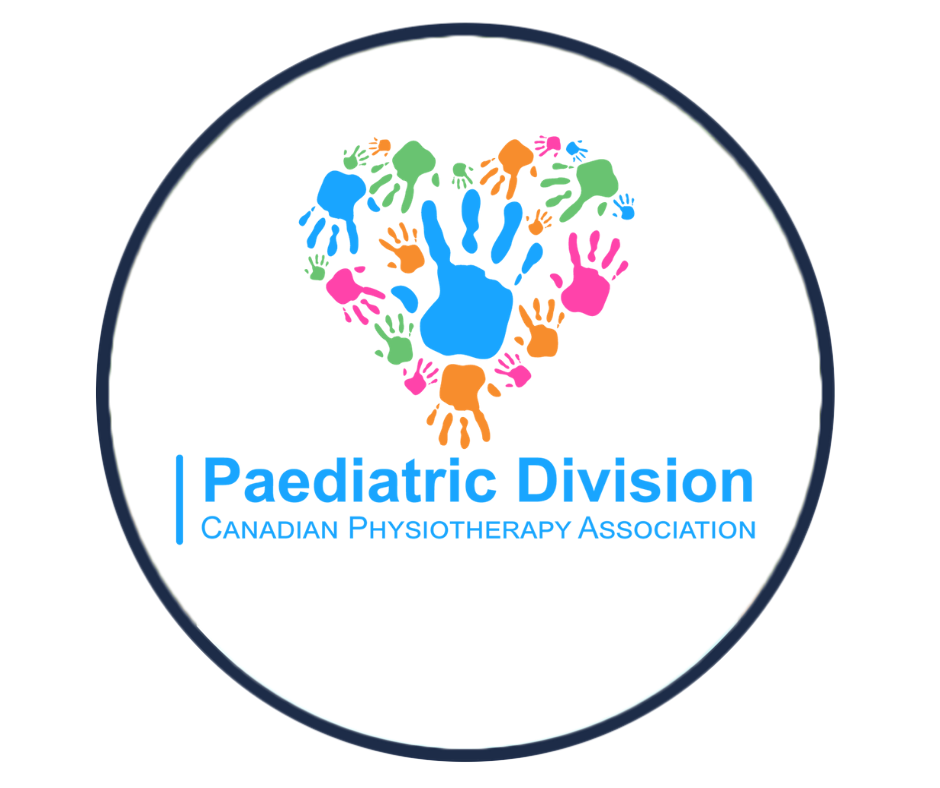Collaborative Developmental Monitoring: Part 2

Collaborative Developmental Monitoring: Part 2
This course includes
The instructors
Overview
Part 2 of this online course focuses on applying the overall results of the Move & PLAY and On Track Studies. You can find Part 1 of this course here.
In this online pediatric course, participants will be introduced to a case study to illustrate how the scores on measures previously described can be used to understand individual children’s prognoses, relative strengths and limitations, and interpretation of change over time.
Probing questions will be used to explore how this detailed information, along with the results of the model testing of the Move & PLAY study, as well as family priorities, can shape intervention planning.
One weakness of the Move & PLAY study is that it was limited to children 18 months to 5 years of age. The On Track Study included children 18 months to 12 years of age.
The major barrier to implementing these results into practice is the therapists’ need for TIME to learn how to administer, interpret, and use these research outputs. We have purposefully worked hard to ensure that each therapist- and parent-administered measures can be completed in a timely manner, once learned.
Relevance to physiotherapy practice
Children with cerebral palsy are heterogeneous and complex. This precludes the exclusive use of evidence from randomized controlled trials (RCTs) to inform clinical decisions about services for individual children. We propose an evidence-based approach to complement RCTs using results from the Move & PLAY and On Track studies.
We advocate for a thorough comprehensive annual assessment of children with cerebral palsy, along with the interpretation of scores over time, to contribute to intervention planning in collaboration with children and families as a means to contribute to more effective and efficient rehabilitation care.
Audience
This course is appropriate for physical therapists working with children with cerebral palsy and their families who finished part 1 of this course. It is also appropriate for practitioners who have served as assessors in either or both of the Move & PLAY and/or On Track studies.
Learning objectives
Upon completion of these two online courses, participants will be able to:
- Administer, score, and interpret (both at one point in time and over the course of a year) the comprehensive toolbox of measures developed in the Move & PLAY study.
- Differentiate children who are progressing ‘as expected’ versus ‘more than expected’ or ‘less than expected’ (based on outputs of the On Track Study).
- Create service plans collaboratively with children and families based on a comprehensive understanding of individual children’s prognoses, strengths, limitations, and progress over time, in the context of results of the Move & PLAY study (i.e. relationships between determinants and outcomes important to children and families).
Bonus Sections
There are two bonus lectures included in this course:
- Alberta Infant Motor Scale: A Clinical Refresher and Update on Re-Evaluation of Normative Data with Doreen Bartlett.
- Intensive Care Unit Acquired Weakness: Pathogenesis, presentation and the role of Physiotherapy in the ICU and beyond with Annie Newman.
Presenter

Doreen Bartlett, MSc, PhD, graduated from Queen’s University with her entry-to-practice physical therapy degree in 1979. After 10 years of clinical pediatric physical therapy practice in Newfoundland, Ontario and British Columbia, she embarked on graduate training and completed her MSc in Physical Therapy and Ph.D. in Rehabilitation Sciences with Martha Piper at the University of Alberta in 1992 and 1997, respectively.
Since completing post-doctoral training in Epidemiology and Biostatistics at Western in 1998 she has been a faculty member in the School of Physical Therapy. She is currently a Professor Emerita of the School of Physical Therapy at Western and Scientist Emerita with CanChild Centre for Childhood Disability Research at McMaster University. Most of her research program over the past 20 years has focused on understanding the development and function of children with cerebral palsy.
This course is brought to you by the Paediatric Division of the Canadian Physiotherapy Association.
The instructors


The Paediatric Division is a special interest group within the Canadian Physiotherapy Association. Our membership consists of clinicians from all practice settings, students, educators, researchers, physiotherapy assistants and administrators all of whom have a passion for promoting participation and enhancing the lives of children and their families. We are dedicated to provide resources and information for paediatric patients and their families to promote participation and function independence in all aspects of life.
Paediatric physiotherapists employ clinical expertise in the early detection of health problems, treatment, education and management of congenital, developmental, neuromuscular, skeletal, cardiorespiratory or acquired disorders/diseases. Paediatric physiotherapists work with children of all ages, from infants through young adulthood to promote participation and functional independence. Paediatric physiotherapists have a unique role in that they not only work with the child, but also their families in the context of their daily home, school and recreational environment.
Paediatric physiotherapists use validated outcome measures to assess the level of strength, flexibility, gross-, and fine-motor coordination and overall functional capabilities to determine participation limitations or restrictions as a result of injury, disease or disability.
Through analysis of objective assessment findings, the paediatric physiotherapist uses evidence-based treatment interventions specifically tailored to the client and their family's goals. Treatment interventions focus on improving gross and fine motor skills, balance and coordination, strength and endurance, as well as cognitive and sensory processing/integration.
Material included in this course
-
Collaborative Developmental Monitoring Part 2, Recorded February 16 2018
-
Welcome and Resources
-
Paediatric Division Collaborative Developmental Monitoring Part 2
-
References
-
Quiz
-
Feedback
-
Alberta Infant Motor Scale: A Clinical Refresher and Update on Re-Evaluation of Normative Data with Doreen Bartlett
-
Resources
-
Alberta Infant Motor Scale: A Clinical Refresher and Update on Re-Evaluation of Normative Data with Doreen Bartlett
-
Feedback
-
Intensive Care Unit Acquired Weakness: Pathogenesis, presentation and the role of Physiotherapy in the ICU and beyond with Annie Newman
-
Resources
-
Intensive Care Unit Acquired Weakness: Pathogenesis, presentation and the role of Physiotherapy in the ICU and beyond with Annie Newman
-
Feedback